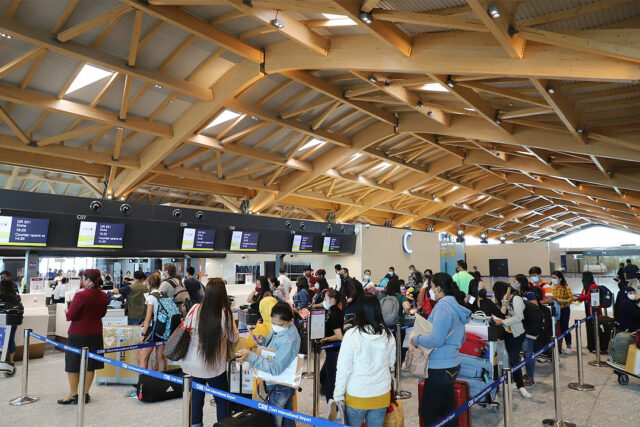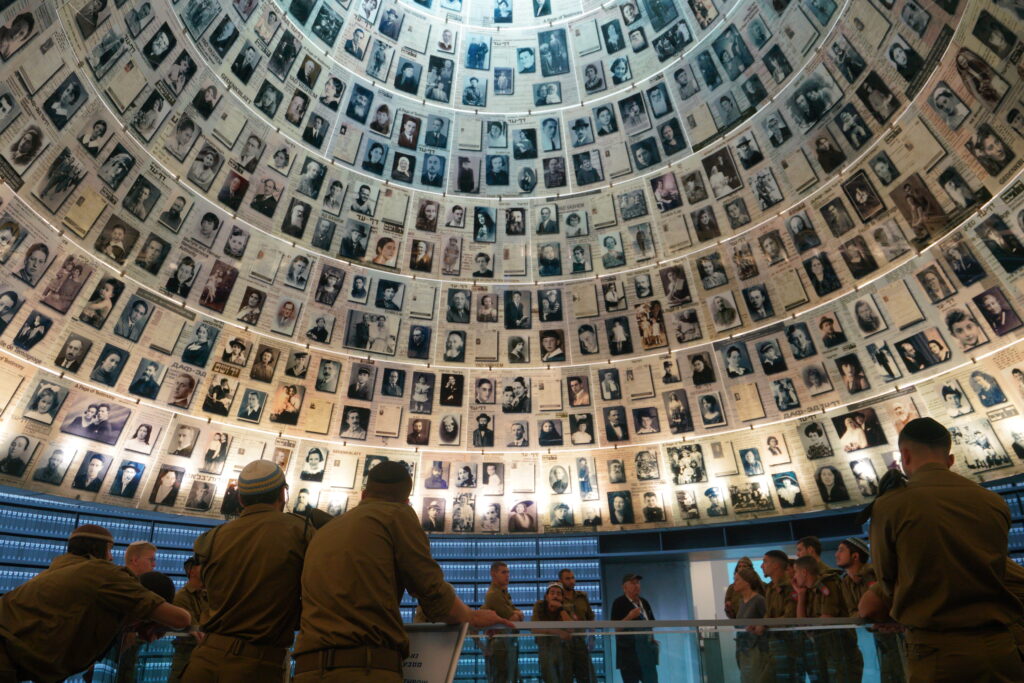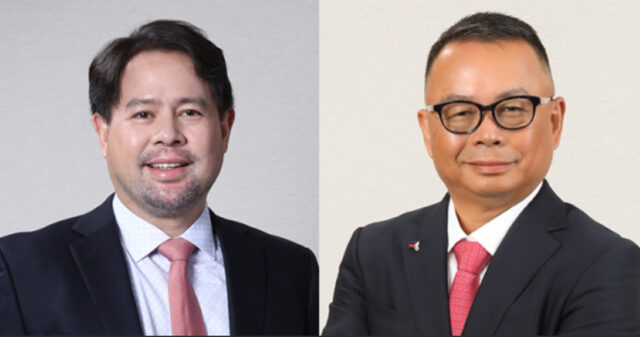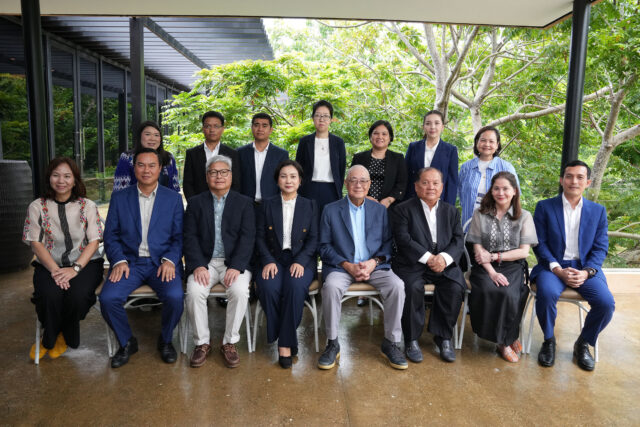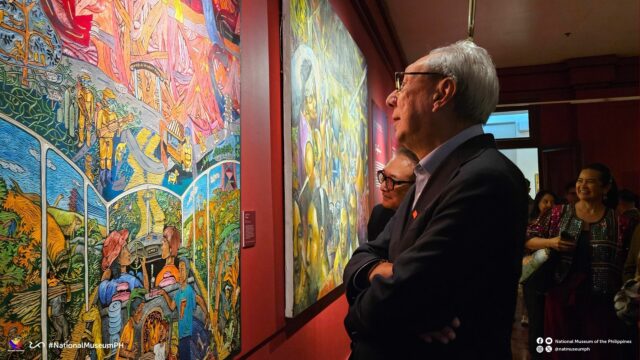In public service, the old adage remains timeless: “Caesar’s wife must be above suspicion.” It demands not just the absence of guilt, but the presence of unquestionable integrity and propriety.
Sadly, what we witness today is far from that standard. We are not just dealing with public officials who fail to rise above suspicion — they are, in fact, sinking deep into a mire of damning evidence. Guilt, in this case, is not a matter of conjecture but of documentation.
Let us remember Julius Caesar. When his wife, Pompeia, became entangled in a scandal during the Bona Dea festival, Caesar divorced her — not because she was proven guilty, but because her position demand-ed she be beyond any trace of suspicion. He famously declared, “My wife ought not even to be under suspicion.”
Today, it is not suspicion but actual proof that convicts many public projects, particularly those under the government’s flood control program. In his State of the Nation Address (SONA) on July 28, President Ferdinand Mar-cos, Jr. didn’t mince words: the corruption is real, the structures are substandard, and the people’s money is wasted.
FLOODED IN FUNDS, DROWNED
IN CORRUPTION
Since July 2022, a staggering P545 billion has been allocated to flood control projects. Yet what has emerged from these funds is not protection from floods, but a flood of evidence pointing to corruption, waste, and conspiracy.
• Concentration of Projects: Just 10 provinces cornered the lion’s share of these projects — Bulacan (668), Cebu (414), Isabela (341), Pangasinan (313), Pampanga (292), Albay (273), Leyte (262), Tarlac (258), Camarines Sur (252), and Ilocos Norte (224). Meanwhile, equally vulnerable areas such as Metro Manila, Maguindanao, and North Cotabato were conspicuously neglected.
• Concentration of Contractors: Only 15 contractors monopolized these projects, bagging nearly P100 billion in contracts. Five of them had nationwide reach. This tight concentration raises serious questions about transpar-ency, competitiveness, and favoritism.
• Ghost Projects and Substandard Work: The President himself uncovered abandoned or subpar projects — like the multi-million flood control structure in Baliwag, Bulacan that was declared “completed” in June but was visibly untouched by August. In Calumpit, Bulacan, dredging works certified as completed were found unfinished and made of substandard materials.
THE SENATE UNCOVERS A DELUGE OF DECEIT
On Aug. 19, the Senate’s Blue Ribbon Committee launched an inquiry aptly titled “The Philippines Under Water.” Its findings were chilling:
• Massive Anomalies: Out of 9,855 projects, 6,021 — worth around P350 billion — lacked details on the structure being built. This level of documentation failure all but invites duplication, poor accountability, and, yes, corruption.
• Shameless Sharing of the Pie: In his privilege speech, Senator Ping Lacson revealed that only about 40% of a typical P100-million flood control project actually goes to implementation. The rest is allegedly distributed among legislators, Department of Public Works and Highways (DPWH) officials, Commission on Audit (CoA) auditors, and “royalty owners.” What we need now, Lacson declared, is greed control.
This is no longer about suspicion — it is about plunder.
A TRAIL OF GHOSTS AND GOLD
In Bulacan alone, nearly 30 ghost projects have been discovered. One P77-million riverbank project in Malolos was still “ongoing” even after being marked as completed. A similar budget was used for a supposed flood structure in Hagonoy — contracted to the same ghost company. It seems many small contractors simply lease the licenses of triple-A builders and execute substandard work.
In Oriental Mindoro, another congressman proudly claimed credit for P3.6-billion worth of flood control projects. The quality of the work, however, did not match the claim. Some areas reportedly received up to P19 billion in just three years, even though they lacked the capacity to properly implement and monitor the projects.
It gets worse. Some legislators reportedly admitted that contractors involved in these scandals contributed to their electoral campaigns in the last two national elections. This opens the door to clear conflicts of interest, if not outright bribery.
Meanwhile, luxury watches worth over P10 million, fleets of high-end SUVs, and even private choppers owned by some government officials and contractors are now paraded on social media. Salaries alone and legitimate profit from operations could not justify such wealth. Something is terribly wrong.
PROPRIETY OVER POLITICS
The lesson from Caesar’s wife is not just about guilt or innocence — it is about propriety. Ethical behavior is non-negotiable in public service. Integrity must not only be presumed; it must be seen and felt by the public.
Yet today, we see legislators who once served in implicated agencies failing to recuse themselves from investigations. Both current and past Congresses approved budgets riddled with anomalies and turned a blind eye to dubious insertions that robbed funding from vital sectors such as public health, education, and social infrastructure.
Presidents Duterte and Marcos — along with their economic and technical advisers — must also bear some responsibility. After all, the President has the power to veto suspicious budget allocations. Why was that power not used?
WHAT MUST BE DONE
In response to the unfolding scandal, Malacañang ordered the DPWH to submit a list of all flood control projects since 2022. It tasked the Regional Project Monitoring Committees to audit failed, unfinished, and ghost projects, with the findings to be made public.
This is a good start, but insufficient. We need:
• Independent Audit: Civil society and independent auditing bodies must be empowered to review and validate government records. A whitewash is the last thing we need now.
• Prosecutions, Not Performances: The Senate has voiced support for the President’s directive. But will it walk the talk if some of its members are implicated? Can it resist protecting its own?
• House’s Toned-Down Response: The House of Representatives has echoed the President’s orders but watered down key points — such as replacing a proactive audit with a passive investigation. This does not inspire con-fidence.
Even the CoA, implicated in the notorious “sharing of the pie,” has only belatedly ordered a fraud audit in Bulacan. One wonders: what has CoA been doing all this time? Why does it now need the DPWH to hand over “rele-vant documents” before acting?
THE REAL COST OF CORRUPTION
This is not just about bureaucratic theft. Corruption of this magnitude weakens the nation’s capacity to grow. It erodes investor confidence, saps public morale, and steals resources that could have improved productivity, nur-tured human capital, and funded crucial infrastructure for connectivity and inclusion across the archipelago.
No, the biggest drag on our economic momentum is not inflation, nor interest rates. They have been tamed. It is corruption — plain, cruel, and devastating.
Indeed, Caesar’s dictum remains as relevant as ever. But today, we do not even need the moral high bar of Caesar’s wife. The bar is already on the ground. And yet, many in power and their kind, still manage to crawl be-neath it.
There is no suspicion anymore. Only facts.
And the facts are damning.
Diwa C. Guinigundo is the former deputy governor for the Monetary and Economics Sector, the Bangko Sentral ng Pilipinas (BSP). He served the BSP for 41 years. In 2001-2003, he was alternate executive director at the International Monetary Fund in Washington, DC. He is the senior pastor of the Fullness of Christ International Ministries in Mandaluyong.
